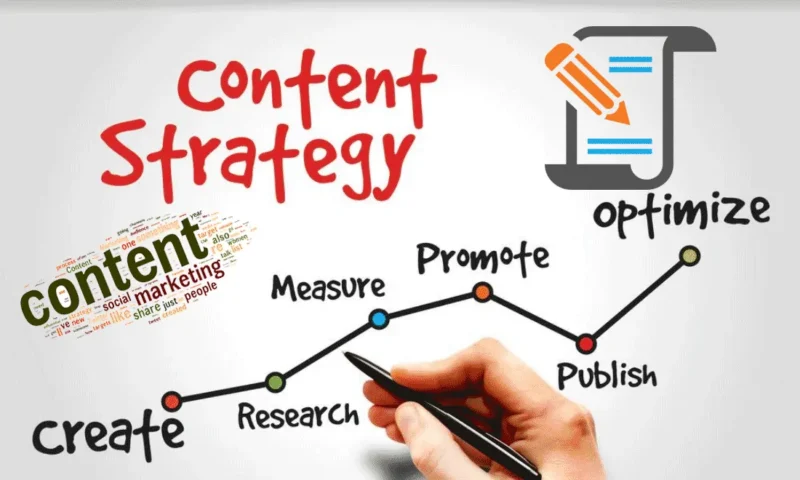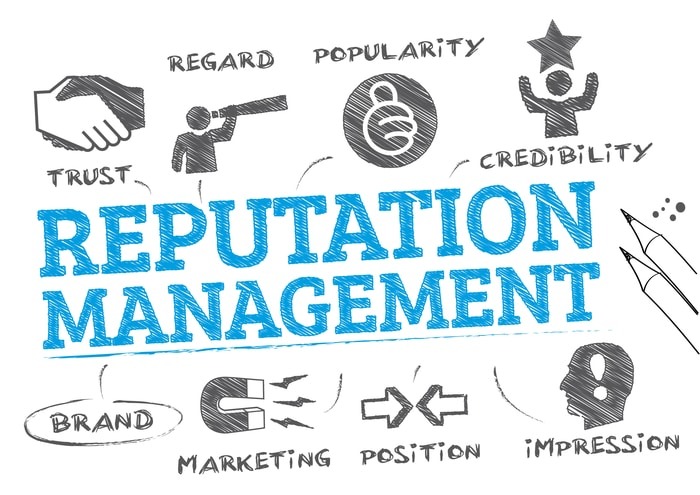From Startup to Stardom: Essential Digital Marketing Tools for SMBs
Small and medium-sized businesses (SMBs) face a labyrinth of challenges in standing out amidst the crowded digital marketplace. Yet, the reward for navigating this complex landscape is immense. With the right tools and strategies, SMBs can scale, achieve unprecedented visibility, and transform from fledgling startups into iconic brands. This guide illuminates the digital marketing essentials that will steer SMBs on their journey to stardom.
Analytics and Data-driven Decision Making

Decisions grounded in data invariably outperform those based on intuition. Web analytics tools, like Google Analytics, provide SMBs with a goldmine of insights, from visitor demographics to on-site behavior patterns.
Interpreting this data can uncover invaluable insights. For instance, understanding which content resonates most with the audience can guide future content strategies. Or, recognizing high exit pages can lead to site optimizations, enhancing user experience.
However, data in isolation can be overwhelming. It’s essential to focus on key performance indicators (KPIs) aligned with business objectives. Tracking these KPIs provides a clear measure of digital marketing efforts’ efficacy, enabling informed decision-making.
The Power of Online Presence
An online presence is akin to a digital storefront. Just as a physical store’s location, aesthetics, and accessibility influence footfall, an online presence dictates digital traction. This goes beyond having a website. It encompasses all digital touchpoints, from social media profiles to online reviews, that shape the brand’s image.
For SMBs, a robust online presence translates to credibility. In a world where consumers research before buying, reviews, testimonials, and an active digital profile reassure prospective customers of the business’s legitimacy and reliability. Positive testimonials can act as powerful endorsements, influencing purchase decisions and shaping brand perceptions.
The versatility of digital platforms also enables SMBs to craft their narrative. Whether it’s sharing the brand’s journey, values, or milestones, businesses have the power to shape their story. This, in turn, fosters a deeper connection with the audience, turning them from mere customers to loyal brand advocates.
Website Essentials for SMBs
A website serves as the digital anchor for SMBs, the central hub from which all other marketing activities radiate. A functional, visually appealing website enhances user experience, increasing the likelihood of conversions. Elements like responsive design, intuitive navigation, and clear call-to-actions (CTAs) are non-negotiables.
Yet, aesthetics alone won’t suffice. The website should be optimized for speed. Slow-loading pages not only frustrate visitors but also negatively impact search engine rankings. Tools like Google PageSpeed Insights can help pinpoint and rectify performance bottlenecks.
Security is another paramount concern. With cyber threats looming large, SSL certificates and regular website backups ensure that both the business and its visitors are safeguarded from potential risks. A secure website also boosts consumer trust, critical for online transactions.
Content Creation and Marketing Strategies

Content is the lifeblood of digital marketing. It informs, entertains, and persuades. For SMBs, creating high-quality content tailored to their audience’s needs and preferences is pivotal. This could be in the form of blog posts, videos, infographics, or podcasts. Diverse content caters to varied audience preferences and broadens reach.
Consistency in content creation builds brand authority. Regularly updated blogs or video channels position the brand as a thought leader in its domain. They also keep the audience engaged and returning for more, fostering brand loyalty.
Promoting content is equally crucial. Merely creating content won’t drive traffic. Distributing it across appropriate channels, be it social media, email newsletters, or even guest blogging, ensures it reaches the intended audience. Pairing content creation with effective promotion amplifies its impact.
Social Media Mastery for SMBs
Navigating the social media maze can be daunting, but its rewards are undeniable. Platforms like Facebook, Instagram, LinkedIn, and Twitter offer SMBs unparalleled access to vast audiences. However, blanket strategies won’t yield results. Tailored tactics for each platform, aligned with its unique audience and format, are essential.
Engagement is the currency of social media. Regular posting, coupled with prompt responses to comments and messages, fosters a vibrant community. It’s not about broadcasting but engaging in meaningful conversations, understanding audience sentiments, and forging genuine connections.
Analytics underpin social media success. Platforms offer detailed insights into post performance, audience demographics, and engagement metrics. By interpreting this data, SMBs can refine their strategies, optimizing content, and posting schedules for heightened engagement and reach.
Email Marketing: Reaching Your Audience
Contrary to some opinions, email isn’t obsolete. It’s one of the most potent tools for direct communication. Personalized email campaigns, segmented based on subscriber behavior and preferences, can result in impressive open and conversion rates.
Crafting compelling email content is paramount. This spans catchy subject lines, engaging body content, and clear CTAs. The design should be mobile-responsive, considering the increasing propensity for checking emails on the go.
Tools like Mailchimp or SendinBlue offer SMBs powerful functionalities. Beyond sending emails, these platforms provide analytics, A/B testing, and automation features, enabling businesses to fine-tune their email strategies for optimal outcomes.
Paid Advertising: Maximizing ROI

While organic growth is invaluable, paid advertising can accelerate digital traction. Platforms like Google Ads and Facebook Ads allow for precise targeting, ensuring ads reach the most relevant audience segments. However, without strategic planning, ad budgets can be quickly exhausted with minimal returns.
Ad creative and copy play a decisive role. They should capture attention and resonate with the target audience’s needs and aspirations. Regular A/B testing helps identify the most effective ad variations, optimizing campaign performance.
Monitoring and adjusting are integral to paid advertising success. Constantly analyzing campaign performance metrics allows for real-time adjustments. This proactive approach ensures ad budgets are utilized efficiently, maximizing return on investment.
Search Engine Optimization (SEO) Tactics
Visibility on search engines can dramatically boost digital traction. However, with ever-evolving algorithms, SEO isn’t a set-it-and-forget-it strategy. It demands constant updating and optimization. Keyword research, ensuring relevant terms are incorporated organically into content, lays the foundation.
Backlinks, or links from other reputable sites, bolster SEO efforts. They signal to search engines the website’s credibility and authority. Guest posting or collaborations can be effective tactics to build a robust backlink profile.
Technical SEO shouldn’t be overlooked. This encompasses aspects like website structure, XML sitemaps, and schema markup. Tools like Google’s Search Console offer invaluable insights, highlighting potential issues and areas for optimization.
Final Thoughts
Embarking on the digital marketing journey, SMBs hold the promise of transformation – from budding startups to luminous stars in the digital sky. With the right tools, strategies, and a relentless commitment to understanding and serving their audience, the ascent to stardom is not just possible, but inevitable. As you navigate this digital voyage, may this guide be your compass, steering you toward success and prominence.



